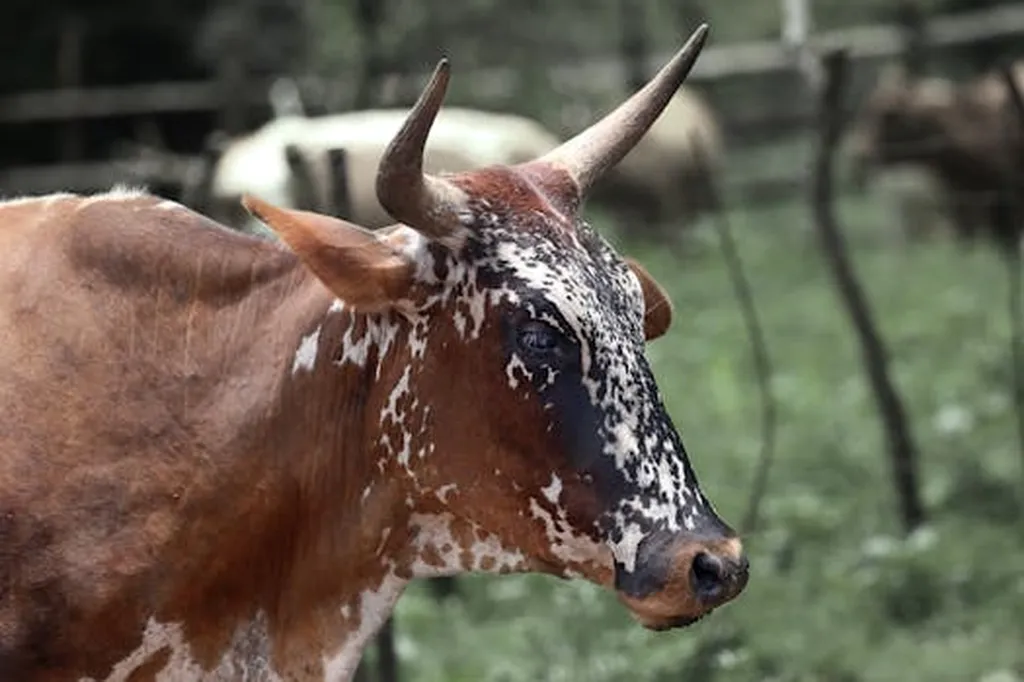In the heart of Southern Africa, a resilient and adaptable breed of sheep, the Nguni, has long been a staple for smallholder farmers. Now, a groundbreaking study led by Lucky Tendani Nesengani from the College of Agriculture and Environmental Sciences at UNISA Science Campus, has unlocked the genetic secrets of these hardy animals, potentially revolutionizing the agricultural landscape. The research, published in the journal ‘Scientific Data’ (which translates to ‘Wetenskaplike Data’ in Afrikaans), offers a chromosomal-level genome assembly of the Nguni sheep, providing a comprehensive genomic resource that could significantly impact breeding programs and agricultural practices.
The Nguni sheep are renowned for their adaptability to diverse agroecological regions, making them invaluable to farmers with limited resources. However, the lack of high-quality reference genomes has historically hindered efforts to understand their unique adaptations and establish effective breeding programs. Nesengani and his team addressed this gap by assembling a chromosomal-level genome using a combination of PacBio HiFi reads and Omni-C reads. The resulting genome, estimated to be 2.9 gigabases in size, boasts impressive contig and scaffold N50 values of 74 megabases and 99.6 megabases, respectively, with a genome completeness of 96.1% as estimated by the Benchmarking Universal Single-Copy Orthologs (BUSCO) program. The final genome encompasses a total of 25,926 protein-coding genes, offering a wealth of data for future research.
“This genome assembly is a significant milestone,” said Nesengani. “It provides a foundational resource for understanding the genetic basis of the Nguni sheep’s adaptability and resilience. With this information, we can develop more targeted and effective breeding programs to enhance productivity and sustainability in smallholder farming systems.”
The implications of this research extend beyond the immediate agricultural community. The energy sector, particularly bioenergy production, could benefit from the enhanced breeding programs made possible by this genomic resource. Improved livestock breeding can lead to more efficient use of resources, reduced environmental impact, and increased productivity, all of which are critical for sustainable bioenergy production.
Moreover, the detailed genomic information could pave the way for innovative applications in genetic engineering and biotechnology. By identifying specific genes associated with desirable traits, researchers can develop genetically modified organisms (GMOs) that are better suited to specific environmental conditions or have enhanced productivity. This could lead to more efficient and sustainable agricultural practices, ultimately benefiting the energy sector by providing a reliable and renewable source of biomass for bioenergy production.
“The potential applications of this research are vast,” added Nesengani. “By understanding the genetic makeup of the Nguni sheep, we can unlock new possibilities for improving livestock breeding and agricultural practices. This not only benefits farmers but also has broader implications for food security and environmental sustainability.”
As the world grapples with the challenges of climate change and the need for sustainable energy sources, the insights gained from this research could play a crucial role in shaping the future of agriculture and bioenergy. By harnessing the power of genomics, we can develop more resilient and productive livestock, ultimately contributing to a more sustainable and secure future.
The study, published in ‘Scientific Data’, represents a significant step forward in our understanding of the Nguni sheep and its potential applications in agriculture and bioenergy. As researchers continue to explore the genetic secrets of these remarkable animals, the possibilities for innovation and improvement in these fields are endless. This research not only highlights the importance of investing in genomic resources but also underscores the potential for interdisciplinary collaboration to address some of the world’s most pressing challenges.

